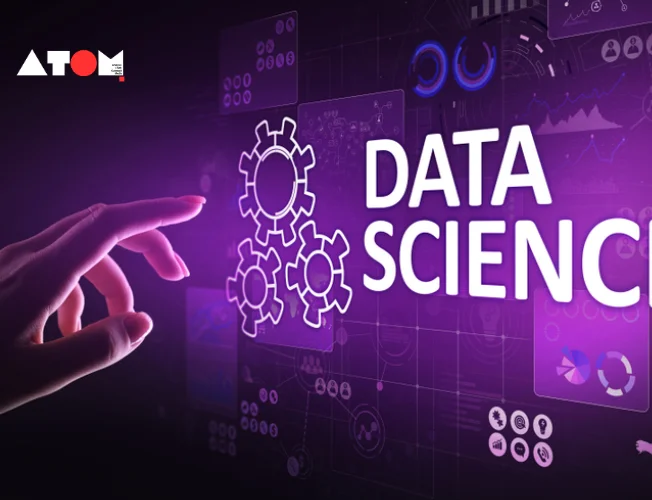India is rapidly transforming its energy landscape, with solar power emerging as a cornerstone of its sustainable future. The country has made significant strides in solar energy adoption, boasting an impressive installed capacity. However, to fully harness the sun’s potential, the nation is leveraging the power of artificial intelligence (AI), data science, and intelligent storage.
Digital Twins: The Virtual Powerhouses
Central to this transformation are digital twins, virtual replicas of physical solar plants. These digital counterparts are revolutionizing the solar industry by optimizing plant design, performance, and maintenance. Before a single solar panel is installed, digital twins simulate various layouts, component choices, and site conditions, maximizing energy output and minimizing losses due to shading or suboptimal angles. Once operational, these dynamic models monitor plant performance in real-time, detecting anomalies, predicting equipment failures, and enabling predictive maintenance.
AI-Powered Analytics: The Brain Behind the Operation
AI-powered analytics platforms act as the central nervous system of solar plants, processing vast amounts of data to uncover valuable insights. Machine learning algorithms detect anomalies, provide prescriptive actions, and optimize plant performance. By analyzing granular data, operators can pinpoint areas for improvement and implement targeted interventions.
Predictive maintenance, enabled by AI, transforms maintenance from a reactive to a proactive approach. By predicting equipment failures, operators can schedule maintenance activities to prevent disruptions, minimizing downtime and maximizing energy generation.
Intelligent Storage: Balancing Supply and Demand
Intelligent storage systems are crucial for bridging the gap between solar power generation and fluctuating energy demand. By analyzing consumption patterns and solar power generation, these systems optimize energy storage and distribution.
During peak solar generation but low demand periods, excess energy is stored for later use. Conversely, during peak demand hours, stored solar energy is released, ensuring a consistent and reliable power supply. This approach enhances grid stability and maximizes the utilization of solar energy.
The Road Ahead
The convergence of AI, data science, and intelligent storage is propelling India’s solar sector towards new heights. By optimizing plant performance, enabling predictive maintenance, and effectively managing energy storage, these technologies are unlocking the full potential of solar power.
As India continues its journey towards a sustainable future, the integration of advanced technologies will be instrumental in achieving energy independence and combating climate change. The future of solar energy in India is bright, powered by innovation and a commitment to a cleaner tomorrow.
Read more: Marketing News, Advertising News, PR and Finance News, Digital News





